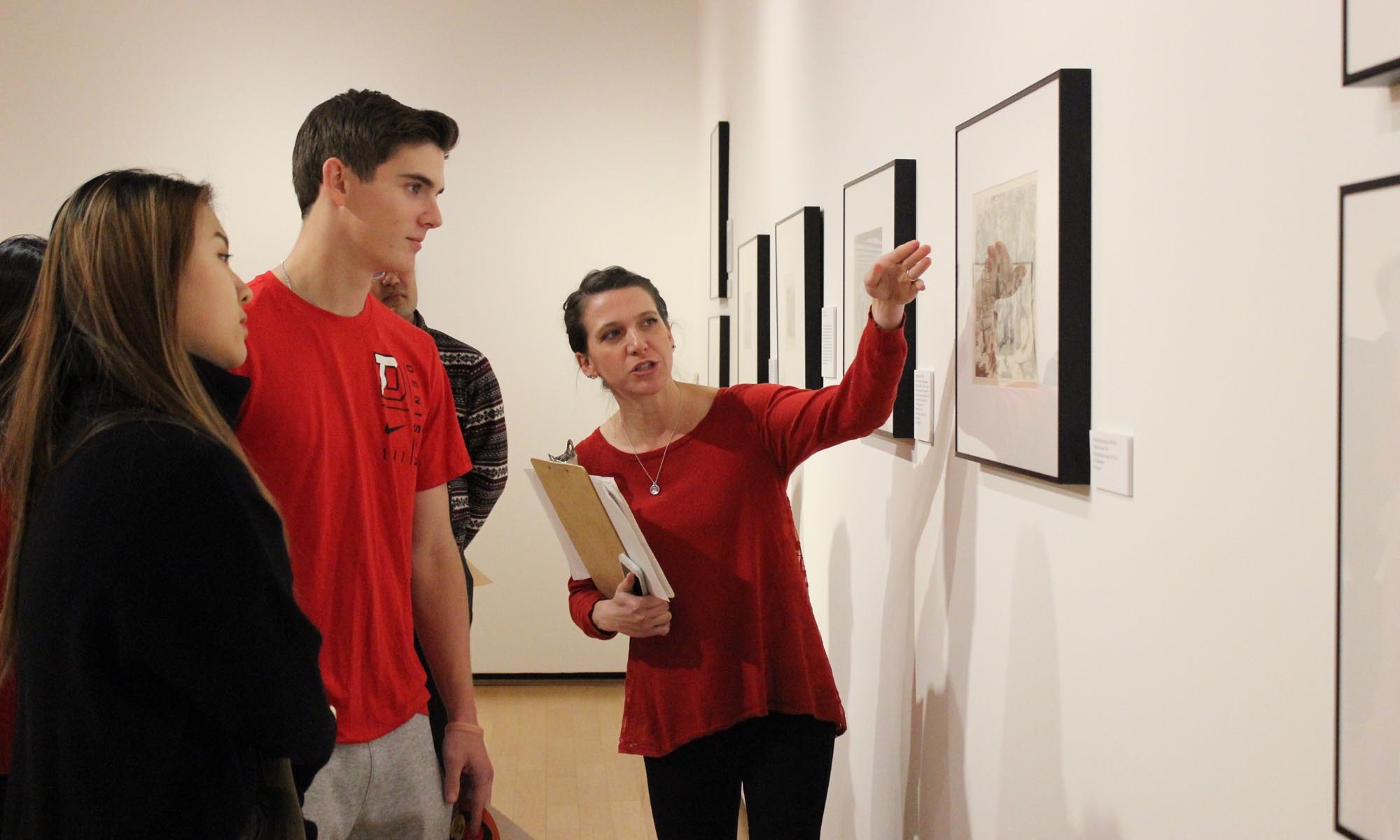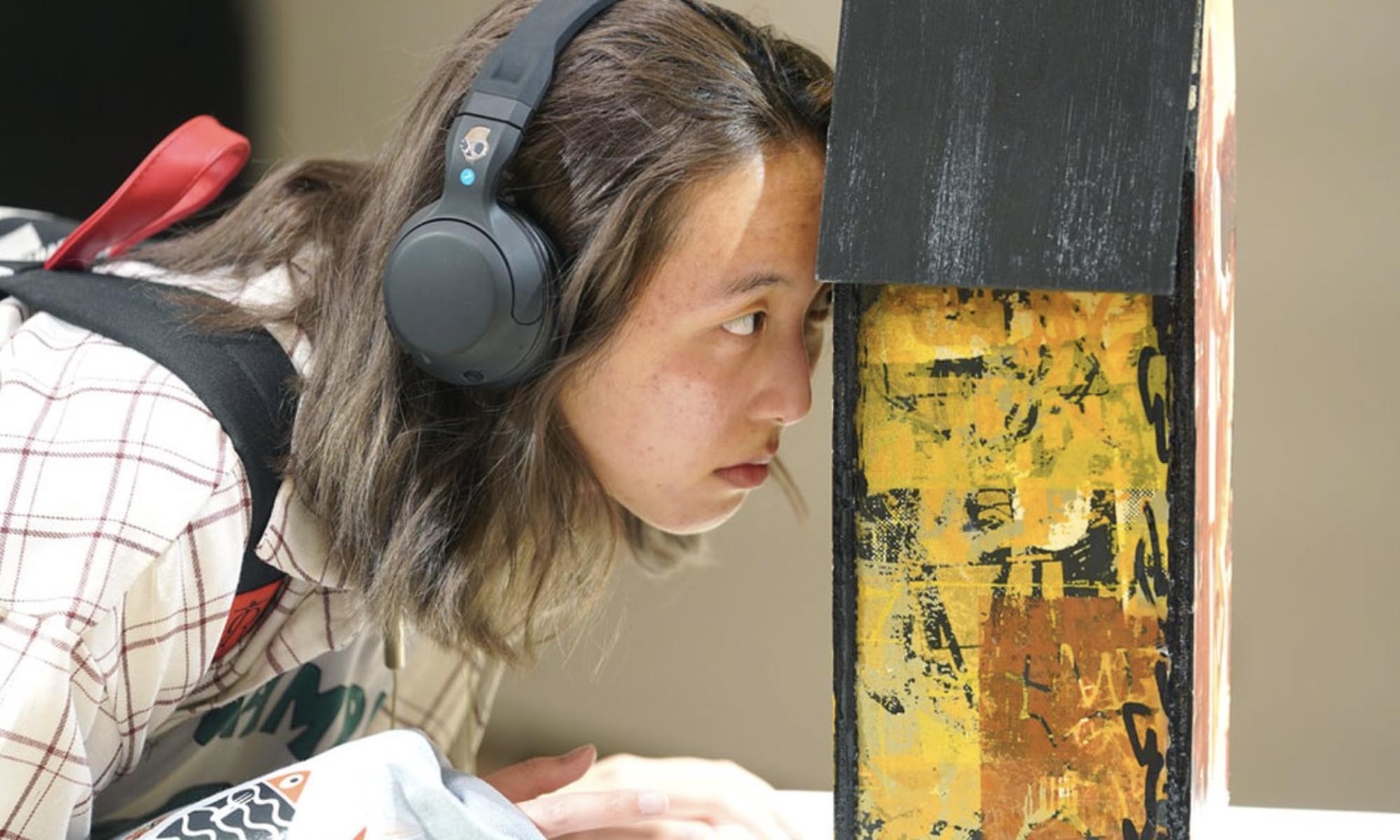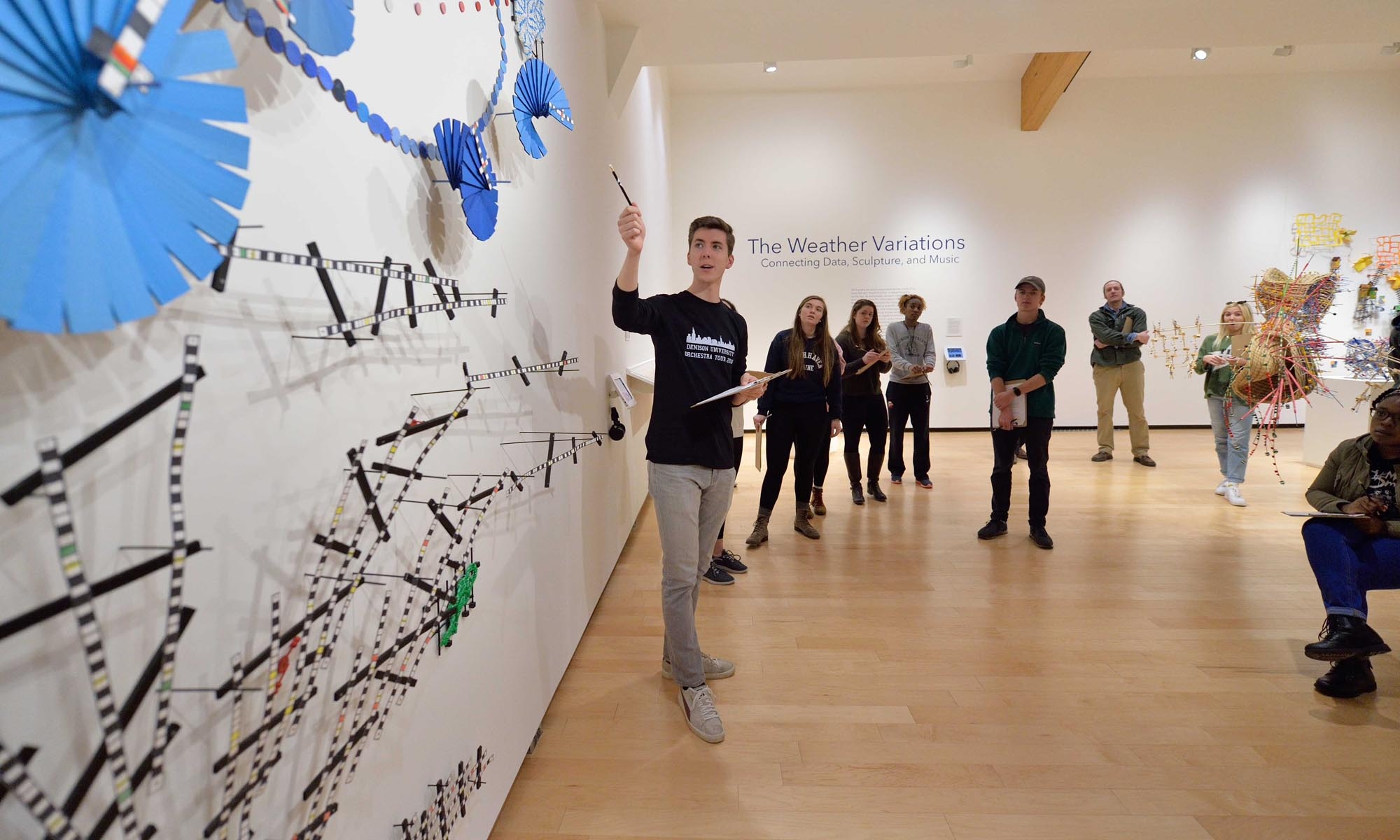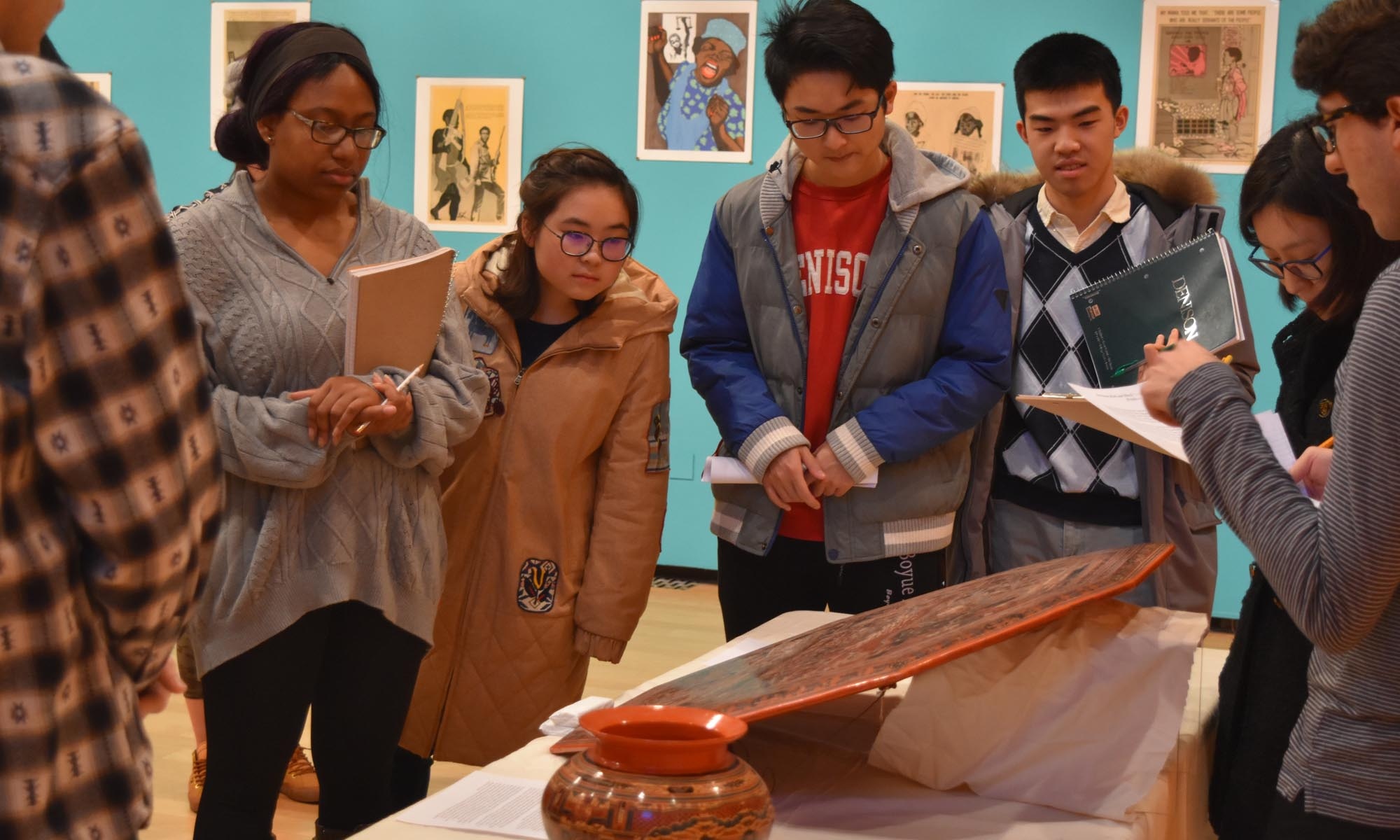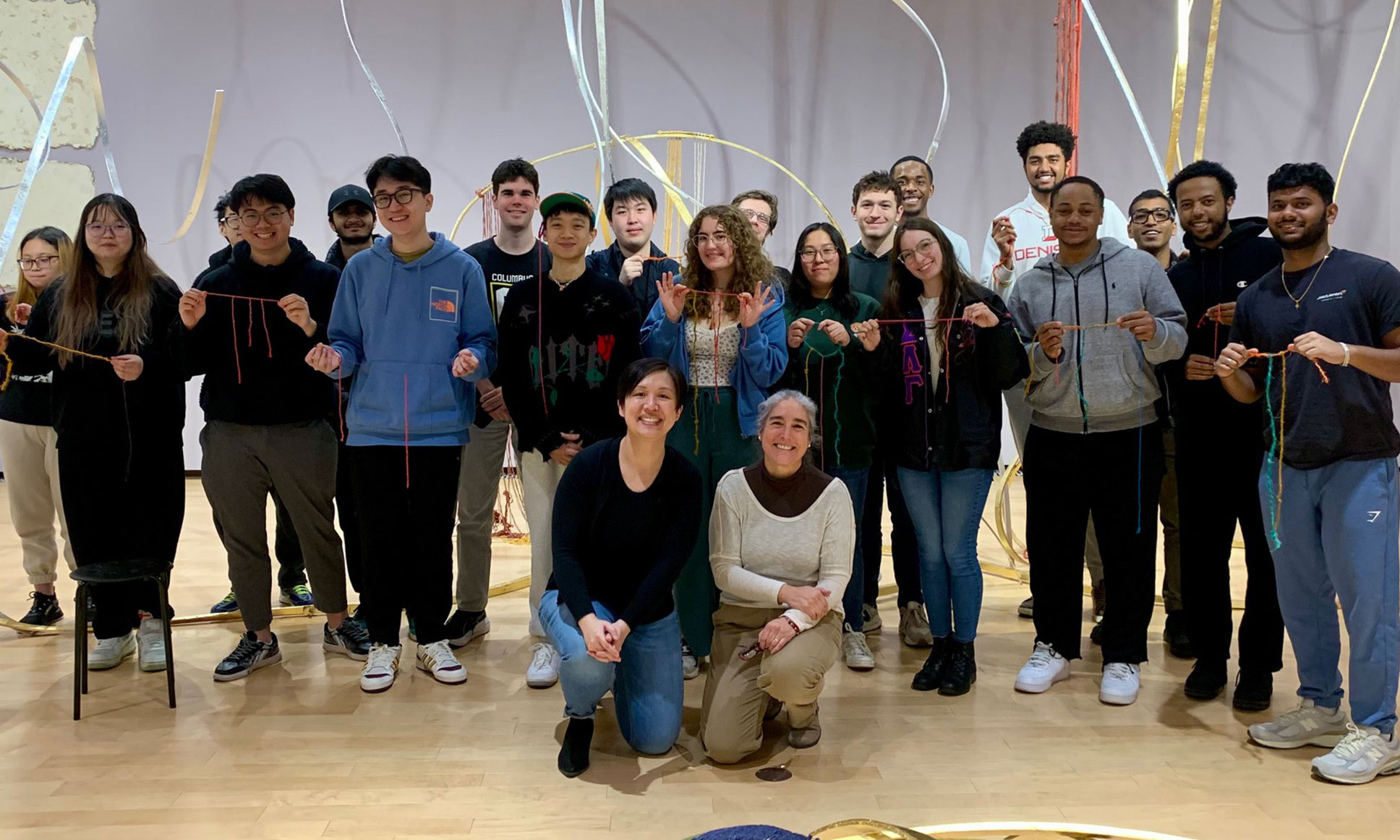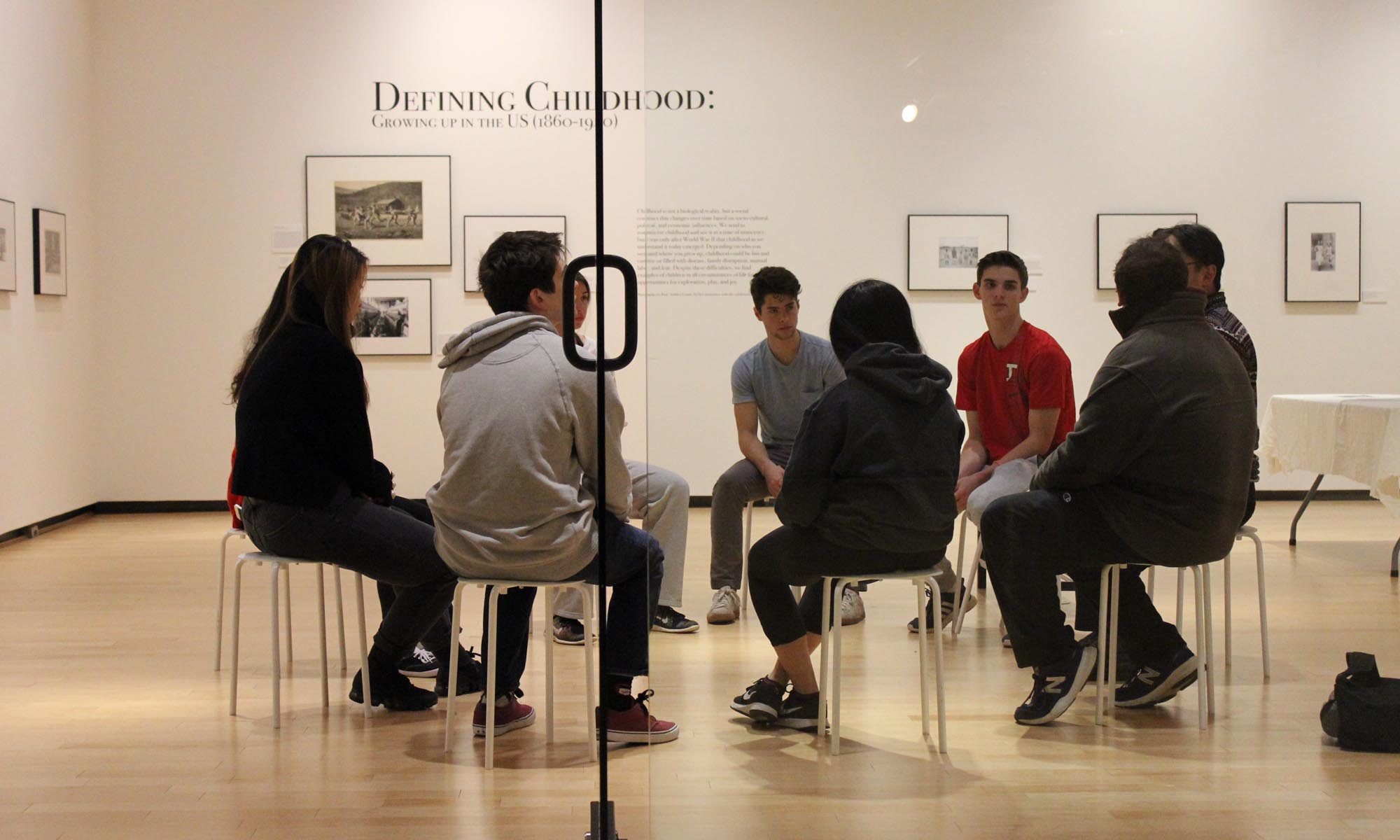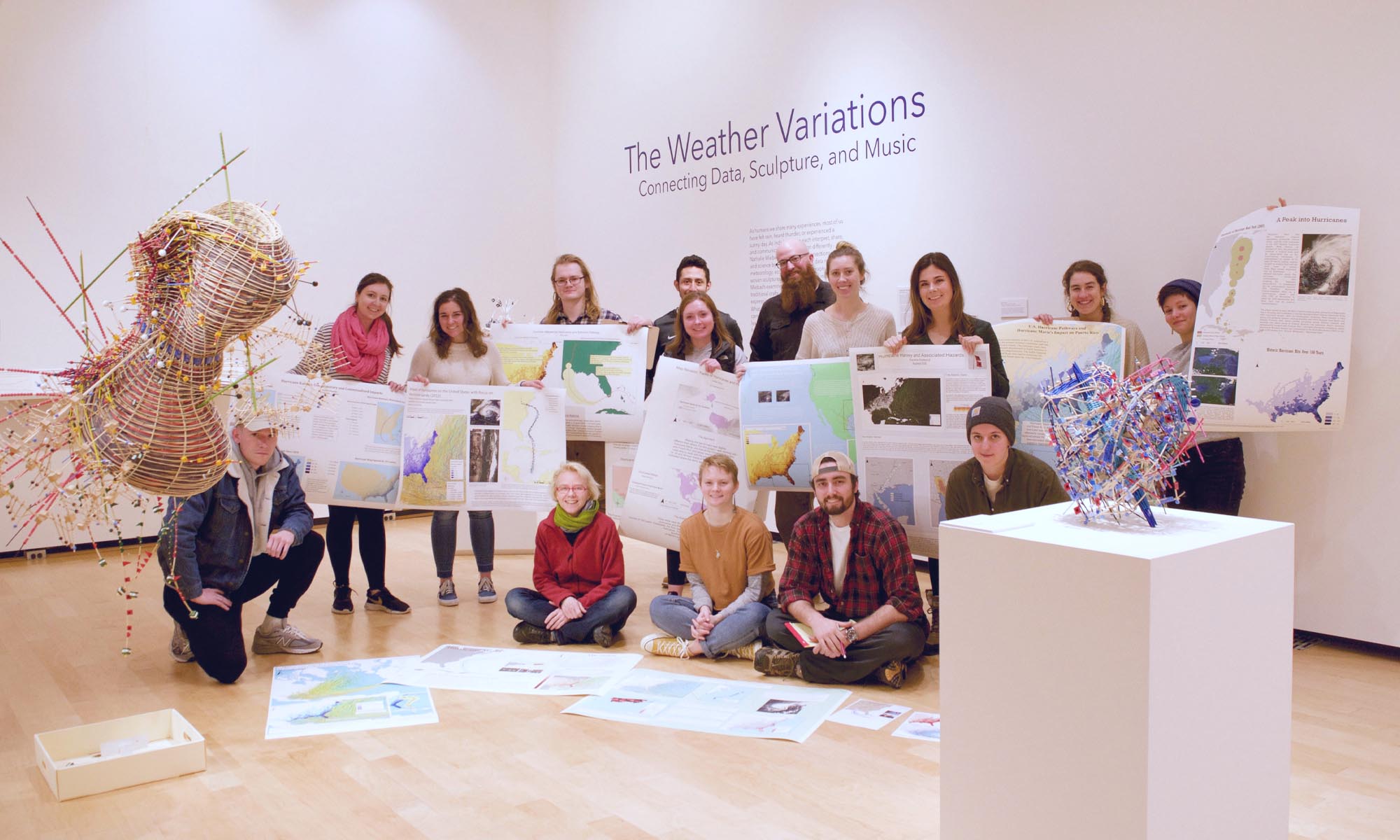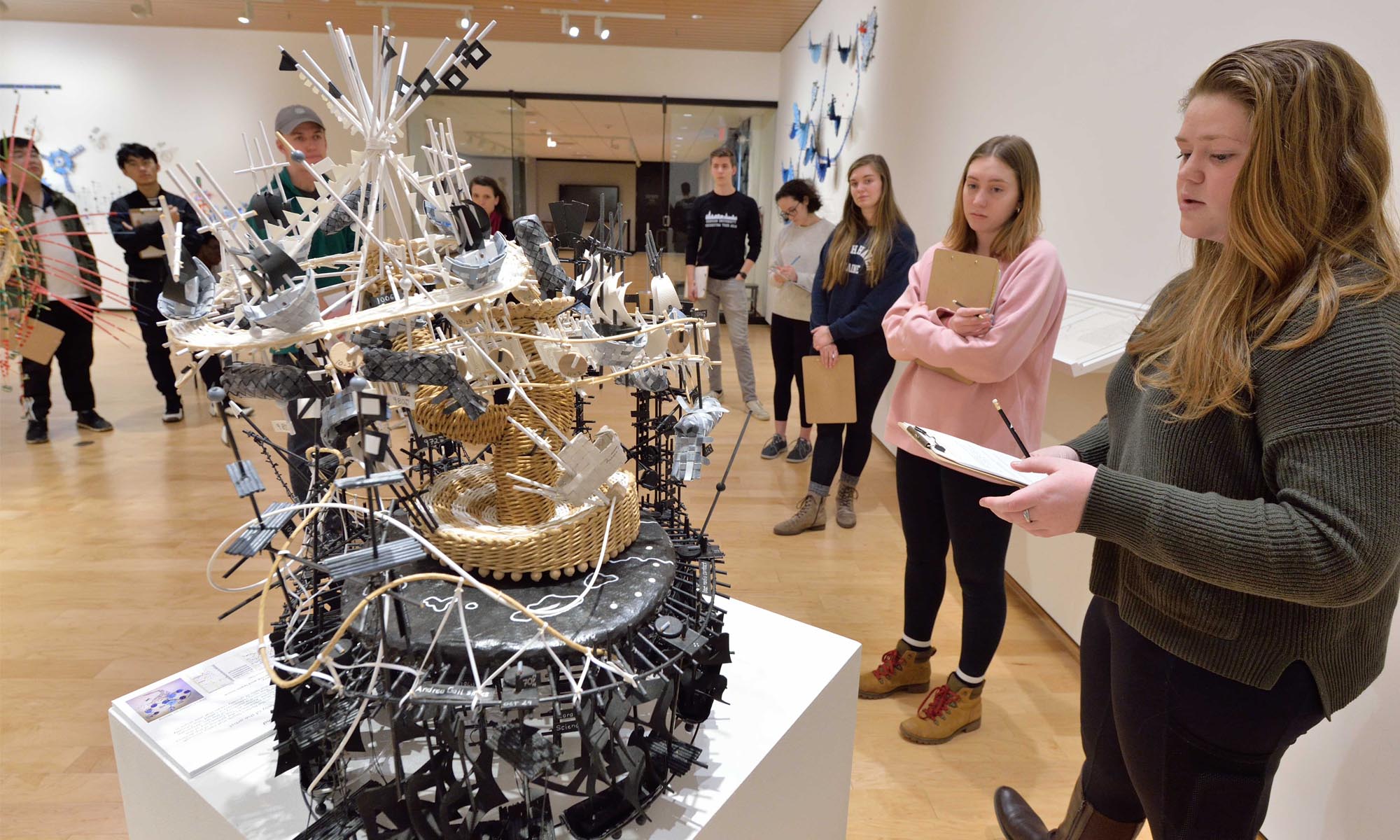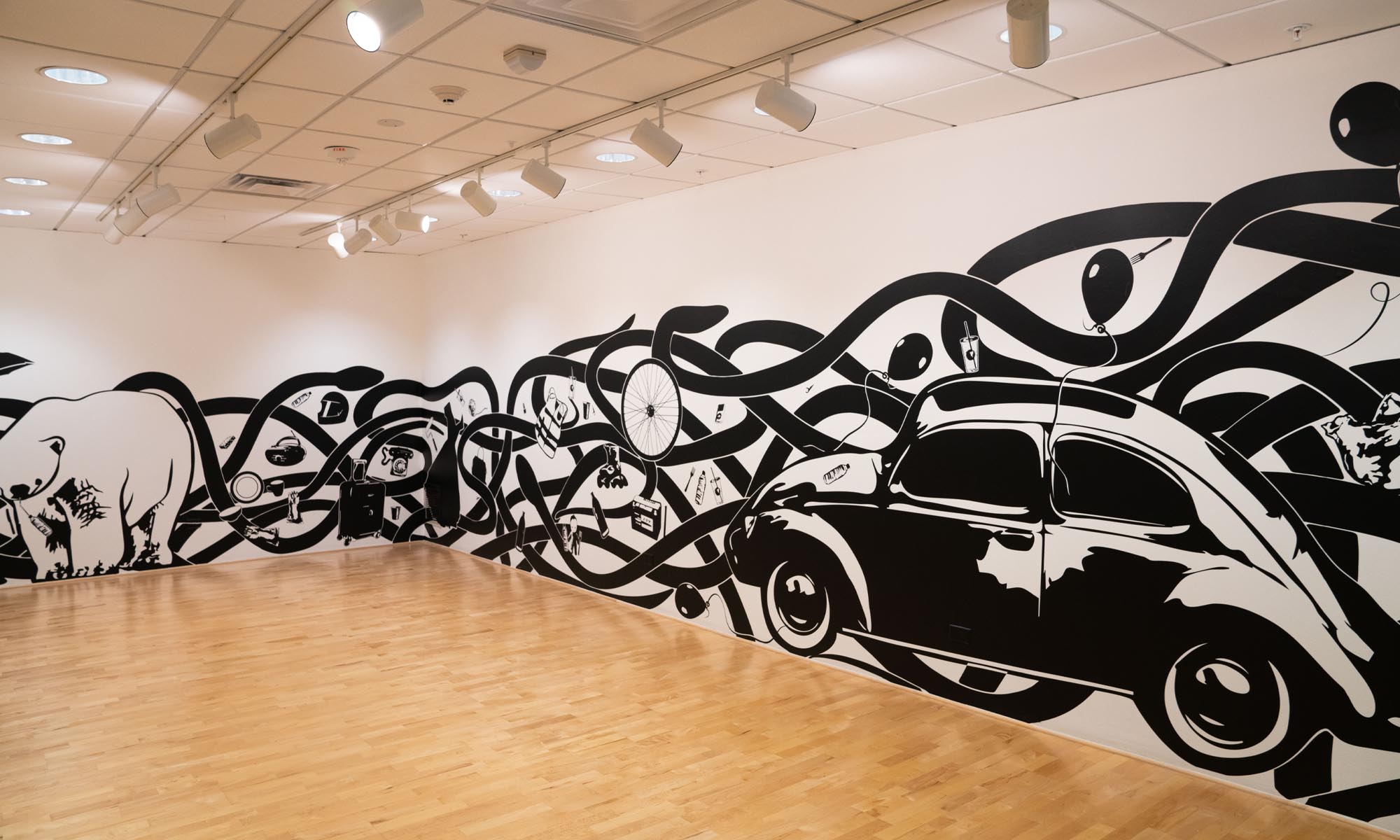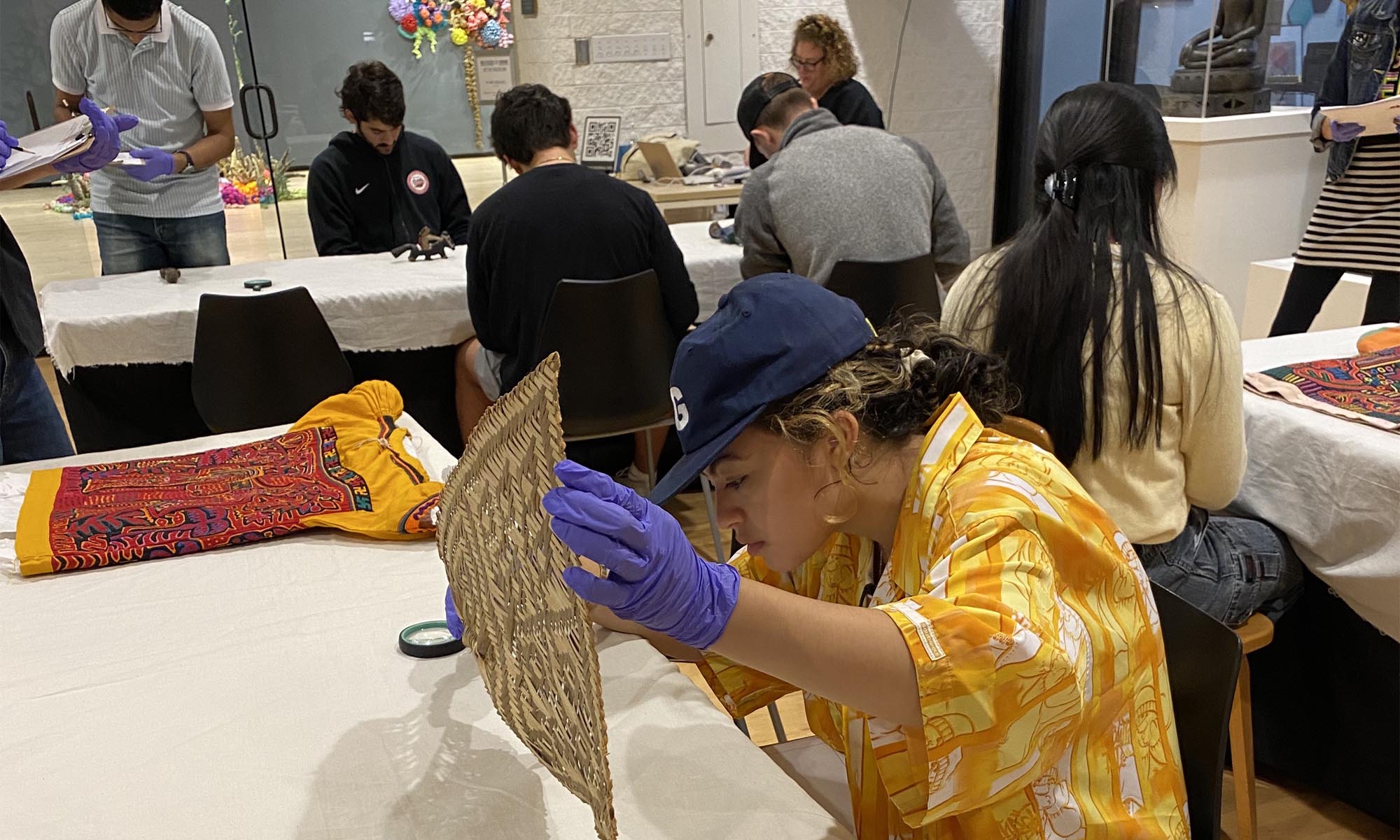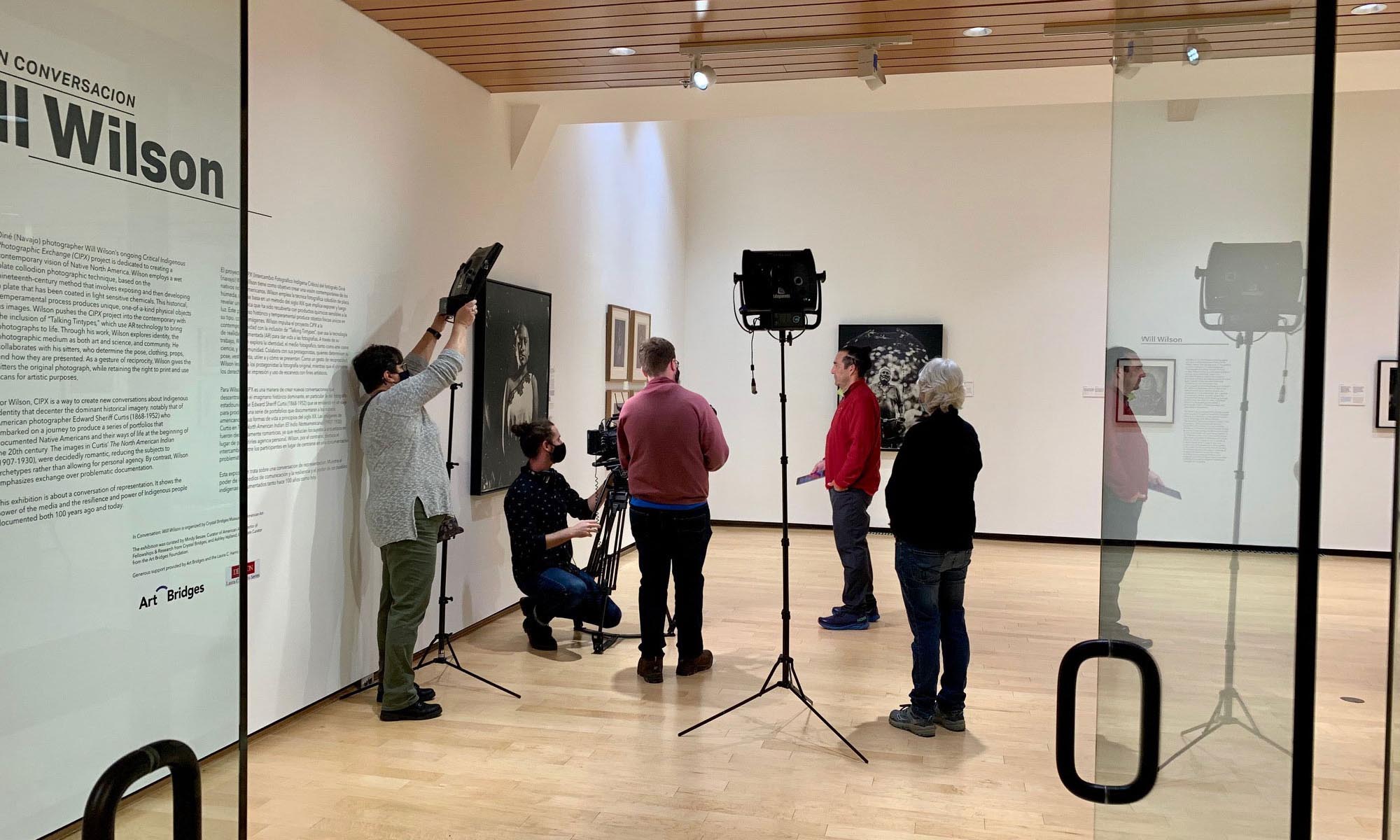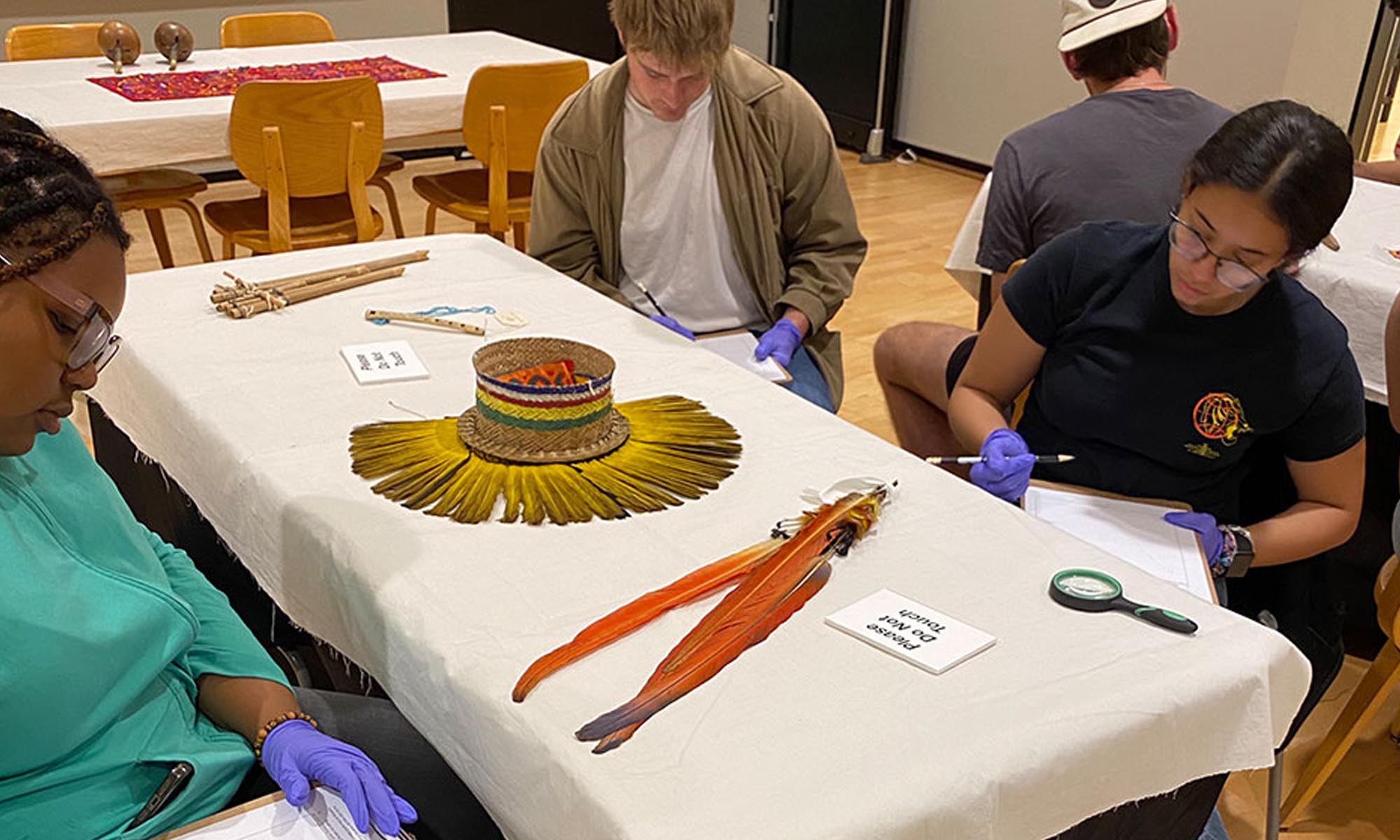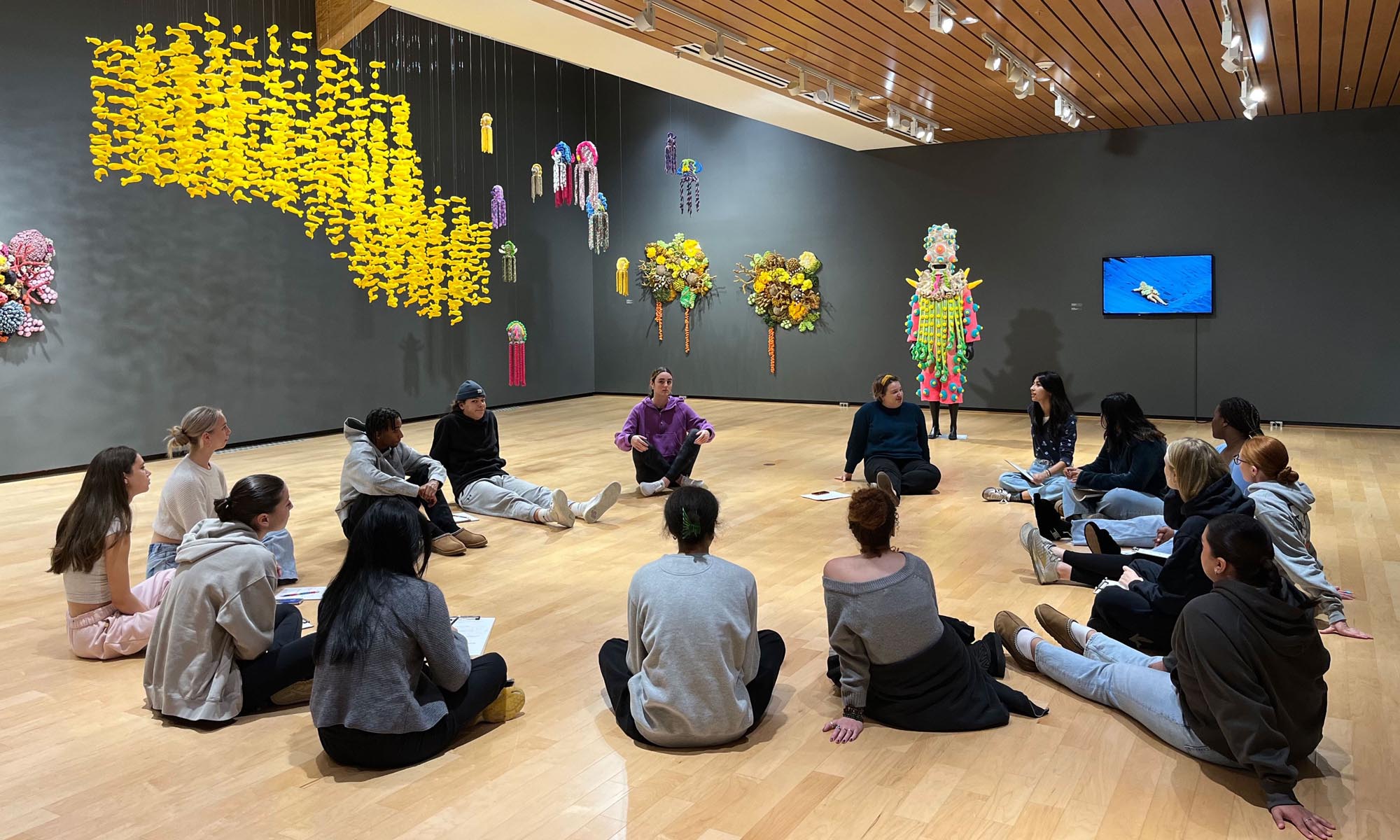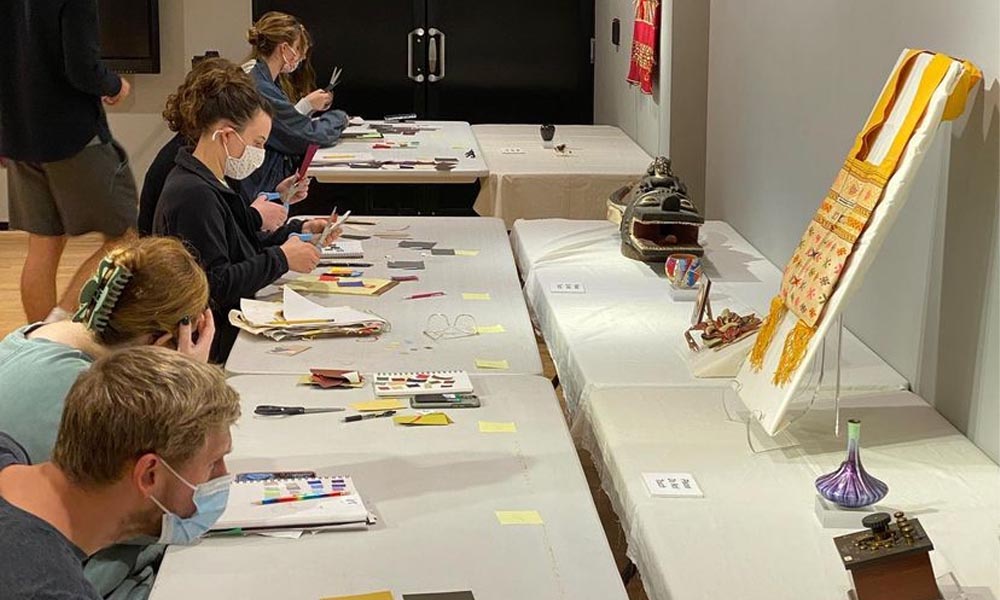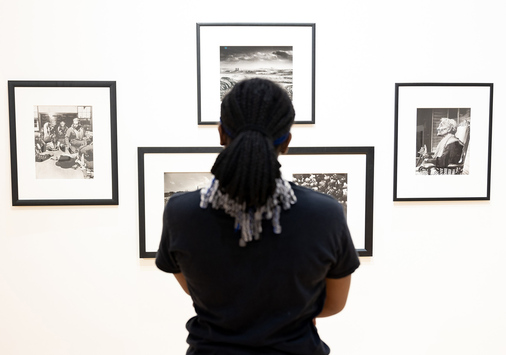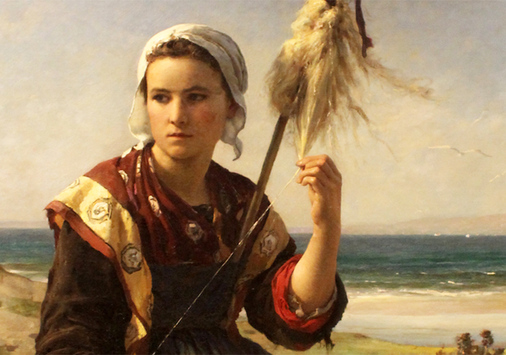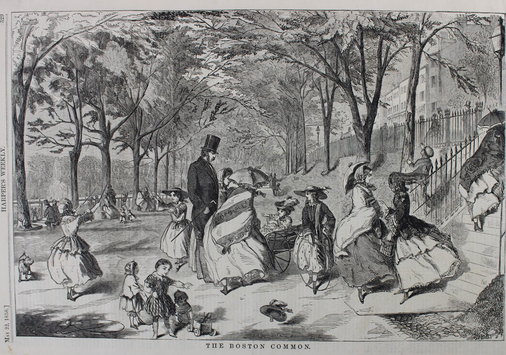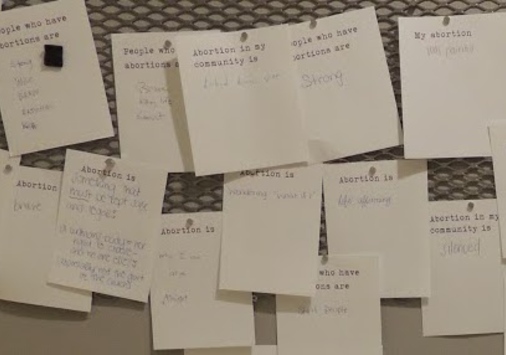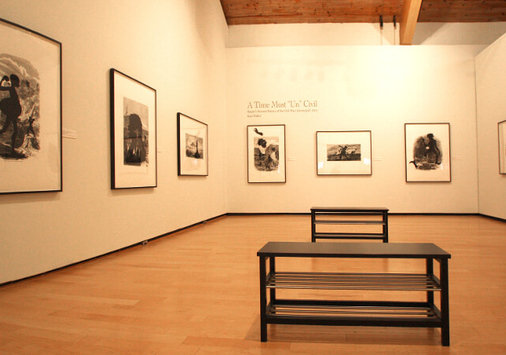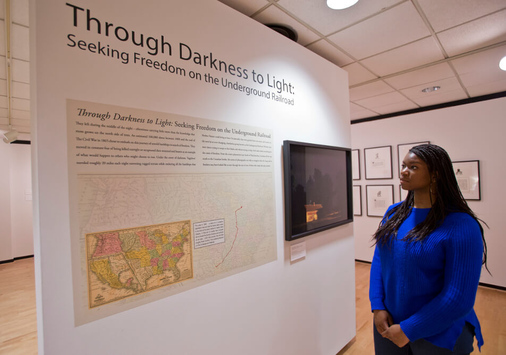Teaching & Learning
A teaching museum with a focus on helping faculty and students
The Denison Museum helps faculty and students integrate objects of historical, cultural, and artistic value into their academic curriculum. The Museum believes that a studied and researched collection is a happy collection. We encourage faculty, students, and scholars alike to use the collection for classroom and scholarly work.
The Museum presents exhibitions and creates tailored class experiences that enhance student learning across the disciplines. Museum staff work closely with faculty members to understand their needs, generate ideas for collaboration, and create engaging activities designed to promote specific learning goals. Activities range from casual visits designed to introduce students and faculty to the resources and possibilities offered by the Museum, to collaboratively curated exhibitions and rigorous lesson plans that integrate object-based learning into the core curriculum of a course.
Deepening student learning across the disciplines
Each year, more than a hundred classes from across the college engage with the Museum’s collection and exhibitions. For example:
- Geoscience students learn observational techniques that inform their laboratory work.
- Spanish students practice their language skills by analyzing objects, writing labels, and making oral presentations.
- Visual Arts students learn about color by examining works of art.
- Sociology students examine Central American Guna textiles as they explore the social dynamics of international development.
For quite a few students, this experience marks the first time they’ve ever set foot in a museum.
A space to reflect and ask questions
The 21st century academic museum is a transformative place that helps visitors see and reflect in new ways on the complex and dynamic world around them. It offers space to wonder, ask questions, think critically, collaborate, and reach in new directions. Far more than just a showcase for fine art or a resource only for students of the visual arts, the contemporary museum is a catalyst for deep inquiry into a wide range of issues, innovative pedagogy, and interdisciplinary collaboration.
Object-based learning
Object-based learning (OBL) is an experiential pedagogy that focuses on close, tactile interaction with physical materials (including works of art, cultural artifacts, documents, specimens, etc.) and sensory experiences. As an approach to learning “about, with and through objects,” OBL promotes intellectual discourse and exploration. It prompts inquiry into complex socio political or scientific issues; it helps cultivate valuable skills in visual literacy, critical thinking, written and oral communication, and teamwork.
Count of Department Fall 2013 - Spring 2024
Fun Fact: Since 2012, the Museum has hosted 1,100 class visits & 16,500 students
Integrated Class Visit Examples
Multiple classes use Nathalie Miebach's The Weather Variations: Connecting Data, Sculpture, and Music exhibition
A collaboration between the Office of Sustainability and the Denison Museum, Nathalie Miebach’s exhibition brought together classes and conversations during a year-long series of activities. Classes in Biology, Communication, Data Analytics, English, ENVS, Geosciences, Journalism, Psychology/Neuroscience, and Studio Art engaged with Miebach’s exhibition. She visited Data Analytics classes in the fall and gave an artist talk during the TUTTI festival in March, accompanied by a musical performance by the string quartet ETHEL. In addition, students served as paid assistants to Miebach during her week-long spring artist’s residency, helping with the installation and deinstallation of the exhibition in the Denison Museum gallery.
Global Health 350 uses Ryan! Feddersen, Black Snake Rising exhibition
Global Health students in Tom Henshaw’s “Planetary Health” course visited indigenous artist Ryan! Feddersen’s installation, Black Snake Rising, as part of their investigation of the impact of petroleum extraction. Students read case studies examining the history and use of petroleum, health issues surrounding oil drilling, and indigenous groups’ perspectives on the petroleum industry. They then explored Feddersen’s interactive depiction of a sea of black oil snakes flowing in a nest of petroleum products and the species most affected by oil spills. Finally, they presented a summary of their readings and discussed the tensions between petroleum as a driver of economic development and the adverse ecological and health outcomes associated with petroleum extraction.
SPANISH 215 uses Museum's Hispanic/ LatinX art collection
During this week-long visit, intermediate Spanish students created exhibition labels as part of an assignment incorporating object analysis, historical research, and contextual analysis. Speaking and writing only in Spanish, students worked in small groups to select objects by Hispanic/ LatinX artists, making a formal presentation of their labels and research at the end of the week.
MUS 247 / In Conversation: Will Wilson
Students in Peter Graff’s “Music, Race, and Identity” course explored the exhibition of Diné (Navajo) photographer Will Wilson’s portraits of Native Americans alongside historical images from Edward Curtis’s early 19th century “The North American Indian” series. Students read critical theories and considered how artist and sitter jointly construct an image and what messages it conveys. Each student made a short presentation on a different contemporary Native American artist, followed by a discussion about representation of indigenous peoples in various forms of art.
ANSO 218/LACS 200 study Guna textile collection
Students in Shiri Noy’s “Sociology of International Development” course undertook a semester-long analysis of the Guna Indians’ mola textiles: the brightly colored, intricately patterned cloth produced by the women of the San Blas islands off the Atlantic coast of Panama. Through close-looking studies and analytical projects, students developed research skills and learned to construct meaning based on these objects, using the objects as data and evidence (not just as illustrations or examples.)
BIOL 336 uses Museum collections
Students in Laura Romano’s Invertebrate Zoology course identified depictions of invertebrates in the Museum’s collection. They learned about cultural and aesthetic differences in representation, as well as how invertebrates are used as raw materials in the production of lacquer and cochineal dye. Students worked with the collections manager to learn how invertebrates affect artwork (e.g., infestations) and pest management techniques.
ARTS 101 uses Museum collections
Students in Keith Spencer’s Studio Art foundation course visited the Museum on several occasions as part of a unit covering color theory, the integration of direct observation, and learning about cultural objects. Each student selected an object from the collection and created a Joseph Albers paper color palette while working in front of their object in the Museum. Returning to the studio, they created their own color wheels mixed from acrylic paint. Finally, they presented their object, palette, and observations to their peers.
